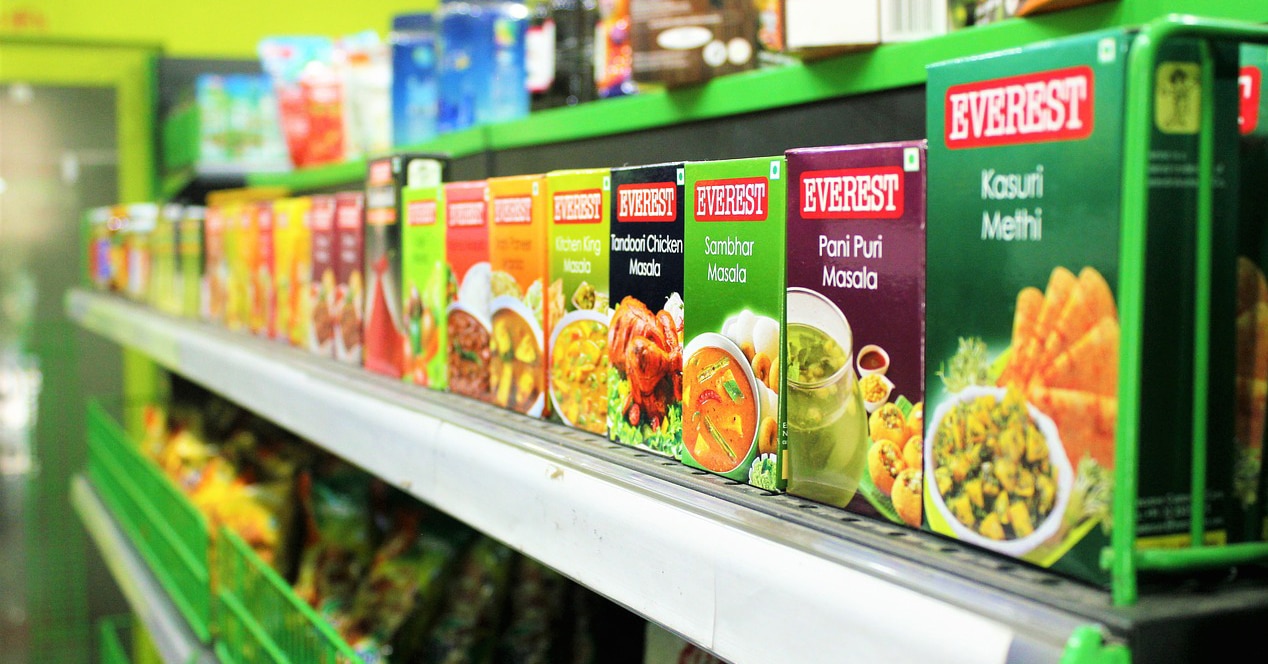
In the last five years, society's interest in knowing what we consume and what are the ingredients we have to flee from has grown. Most focus on locating sugar or palm oil in the list of ingredients and looking at how many calories each 100g of the product contains. This could be a good step towards awareness of healthy eating, but it is not correct to focus on these three things. We teach you to read correctly the nutritional labeling of the products you consume.
First, check the ingredients
Before reading the table of values nutritional, it is much better check the list of ingredients of the product in question. The ingredients will appear in descending order. according to its quantity, that is, in a package of cookies, the first ingredient must be wheat flour because it is the main component. Therefore, if the chocolate that you like so much has "sugar" as the first ingredient instead of cocoa paste... You will not be eating chocolate!
To know how to choose a good food, we should also take into account that its list of ingredients was the shorter. This would indicate that it is less manufactured and much healthier.
We must turn our attention to sugar, of course. But even more so, when we are faced with a “light” or “fit” product because it is usually camouflaged with another name. Sugar has many names depending on your provenance and companies take advantage of it to "lie mercifully".
If your product says "sugar-free", but it appears on the list lactose, fructose, sucrose, glucose, galactose, maltose or even, polyalcohols; I am sorry to tell you that you are being deceived. You must be attentive!
Also, also you must flee of the use of Palm oil and sweeteners like cyclamate (E952) or the Aspartame (E951), since they are cancer related.
And of course, any type of allergen must be specified so that no one has any problem eating it.
Dive into the table of nutritional values
Once we have observed the ingredients, we go to the nutritional table where we will find what nutrients (hydrates, fats, proteins, salt, sugar) it will provide us.
The energy value must be taken into account, but it should not be what decides us to buy it or not. The calories that they indicate are not related to nutrients. For example, 100g of natural almonds will contain more calories than 100g of crackers, but their nutrients are not the same.
Then I leave you with a table that can guide you to know if a product is more or less harmful to health:
|
WHAT IS IT |
COMPARISON |
|||
|
GREASE |
SATURATED FAT |
SUGAR |
SHAWL |
|
|
HIGH every 100gr |
Greater than 20g |
Greater than 5g |
Greater than 15g |
Greater than 1g |
|
MEDIUM every 100gr |
Between 3g – 20g |
Between 1g – 5g |
Between 5g – 15g |
Between 0g – 3g |
|
BASS every 100 grams |
Less than 3g |
Less than 1g |
Less than 5g |
Less than 0g |
It is advisable that when you go shopping you do not go hungry, compare nutritional labels and prepare the shopping list at home beforehand.